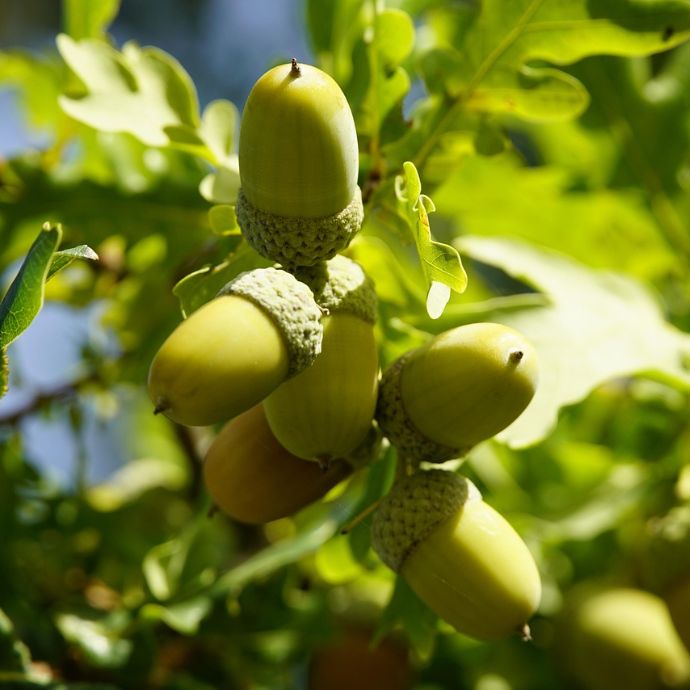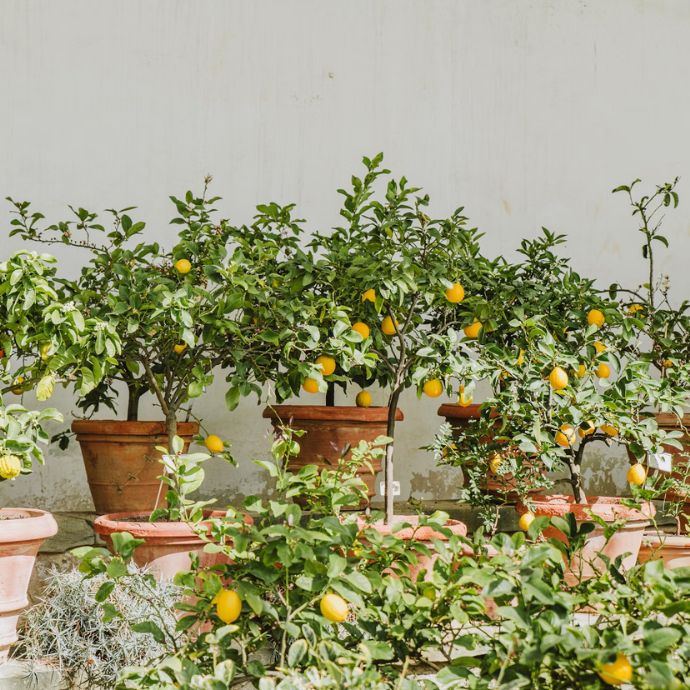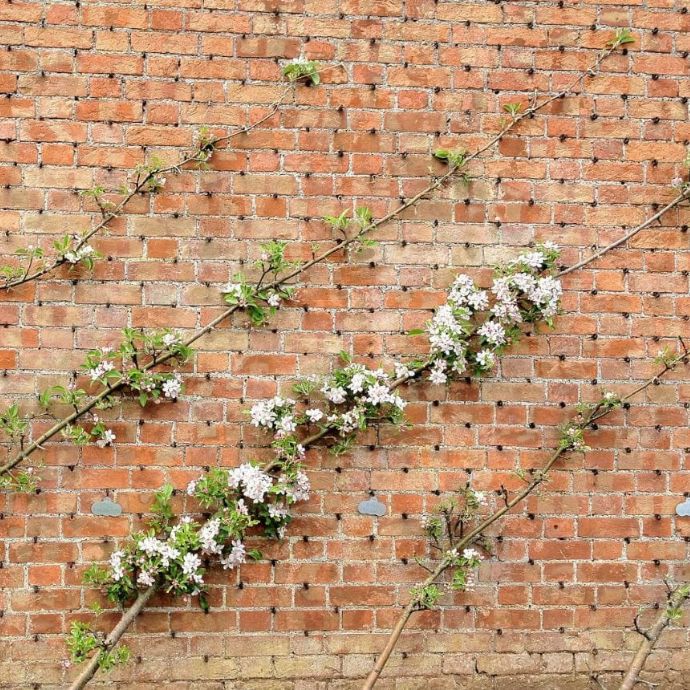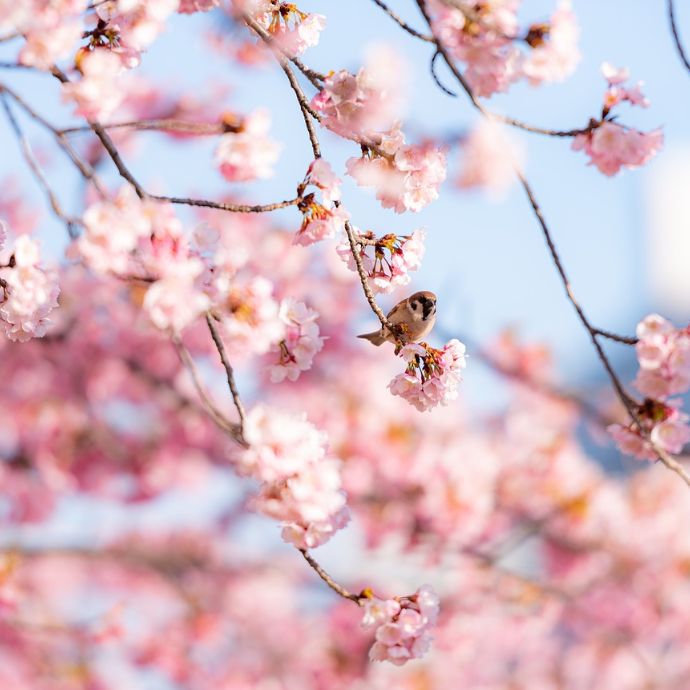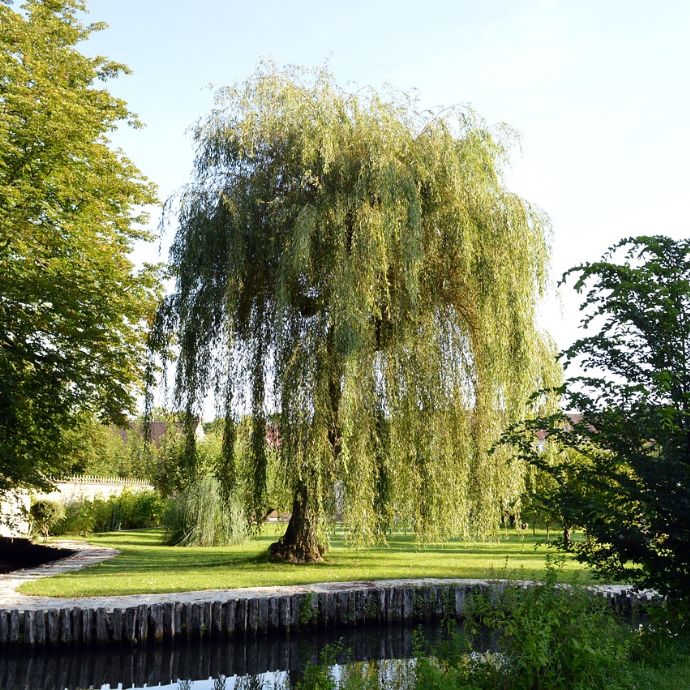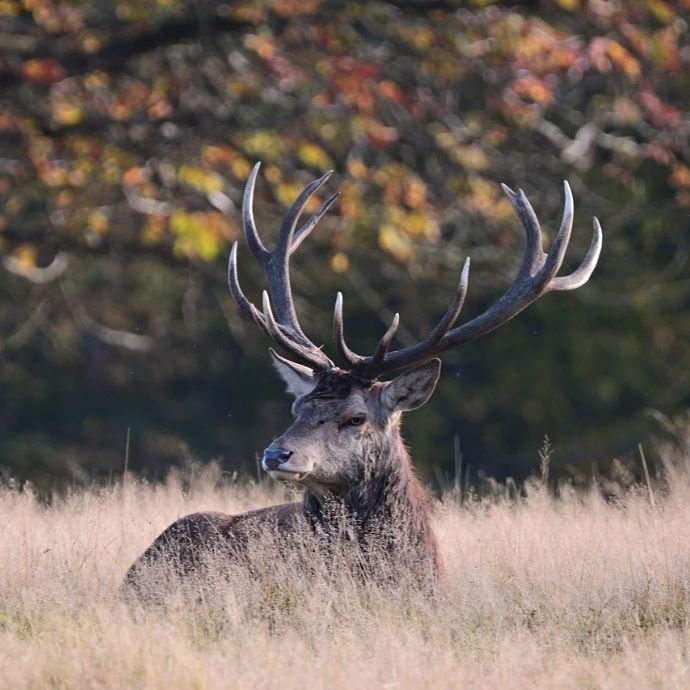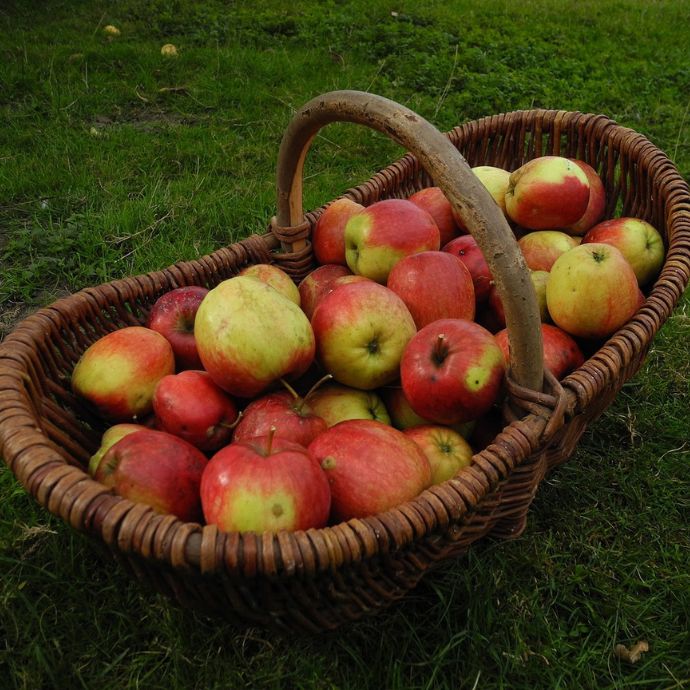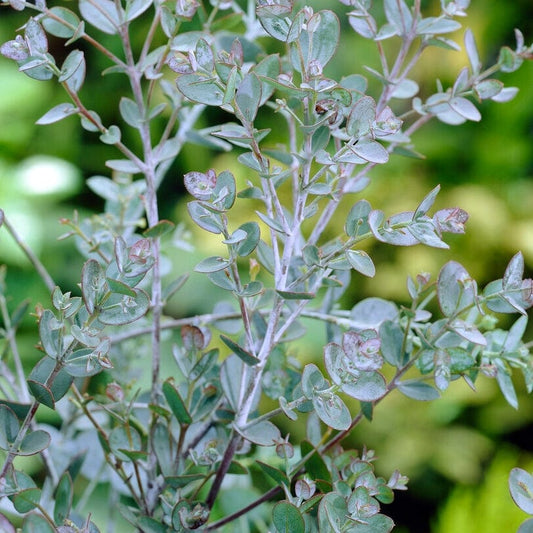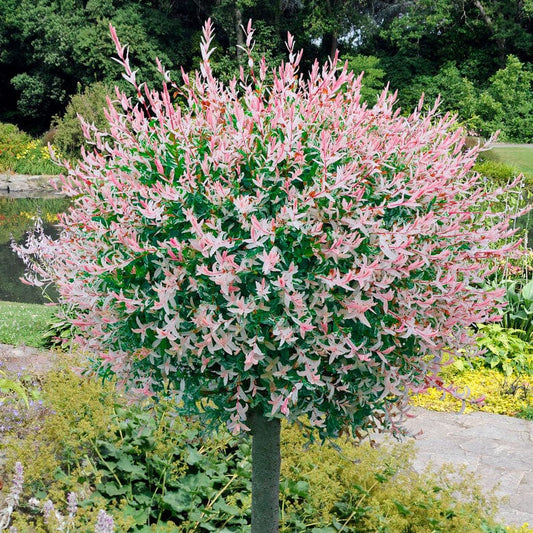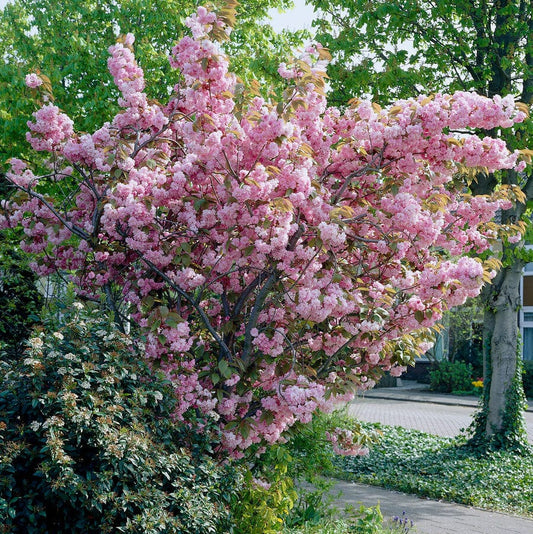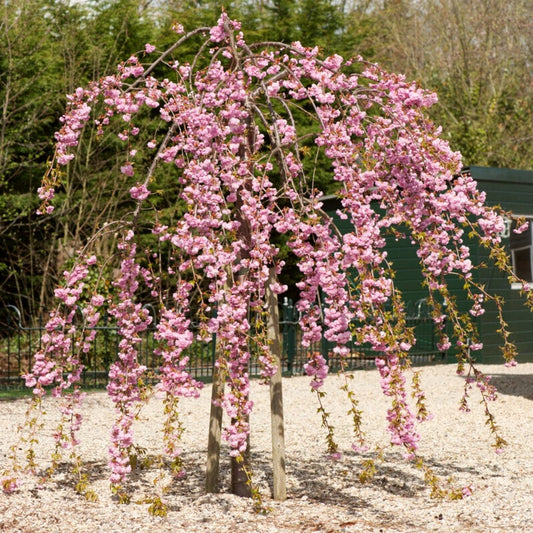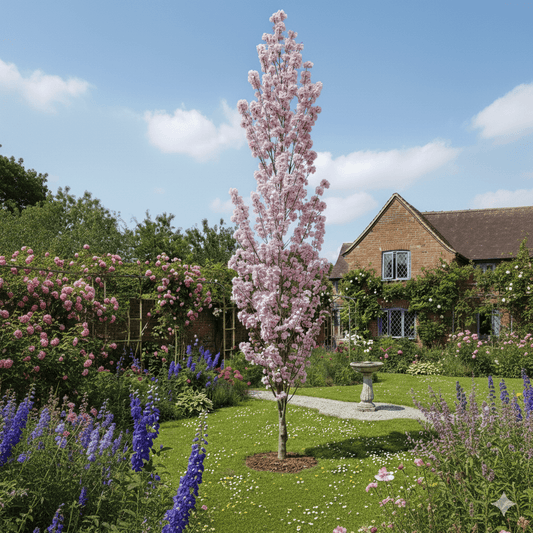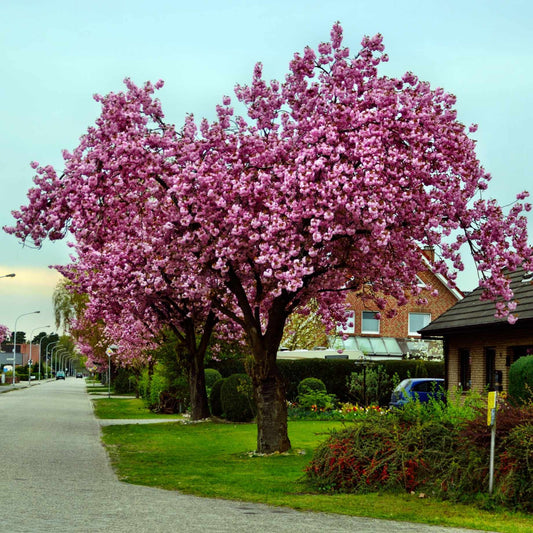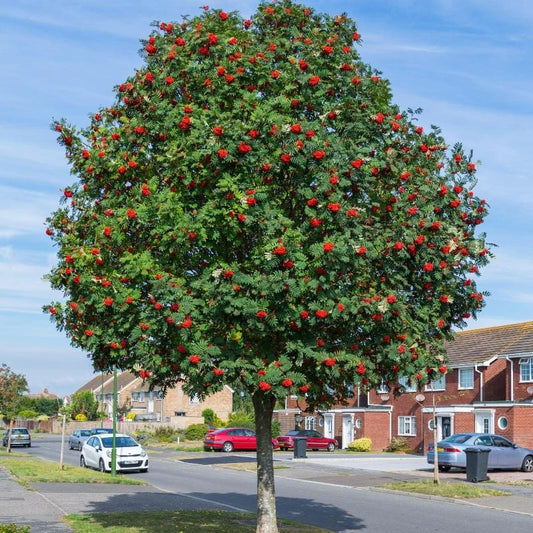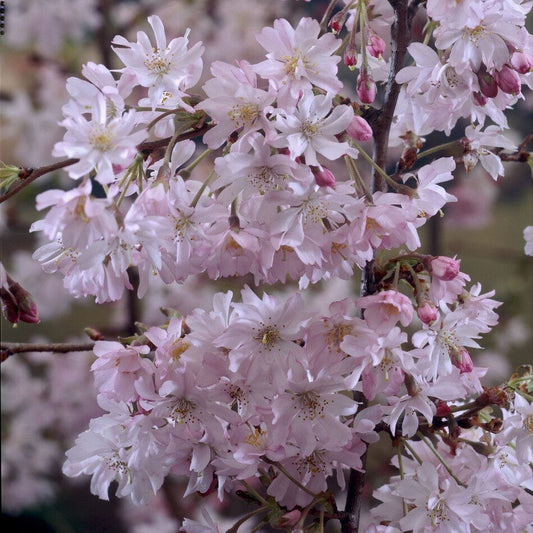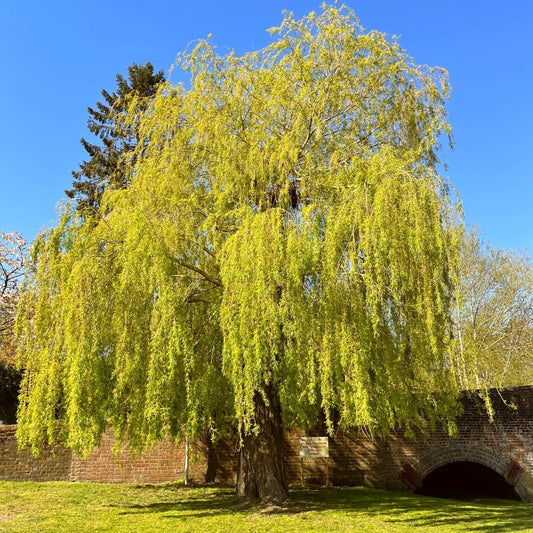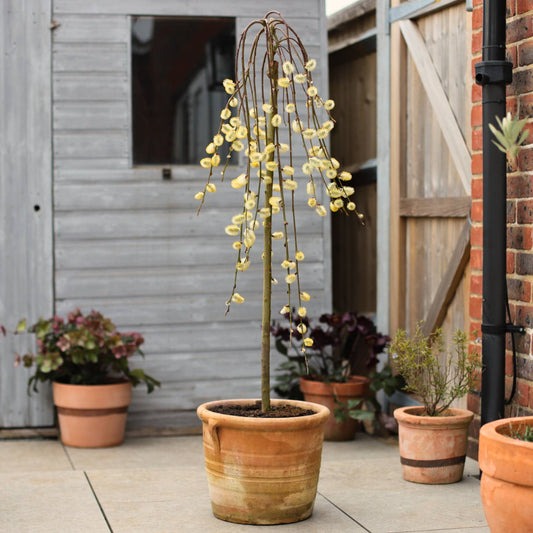Everything You Always Wanted to Know About Eucalyptus Trees (But Were Afraid to Ask)
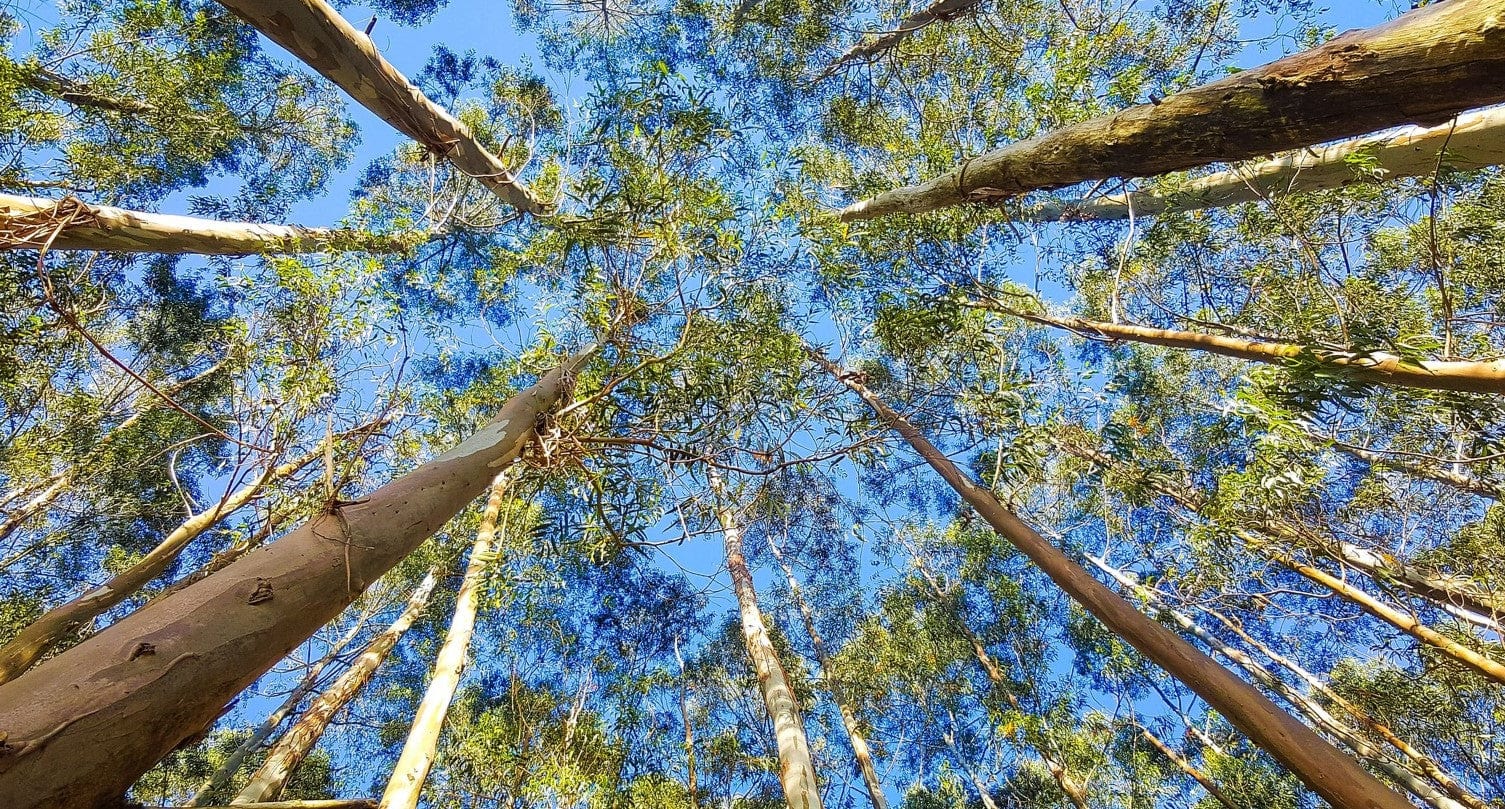
Eucalyptus is a great all-rounder in the garden; you can use it as a tree or a shrub, let it grow taller than a house or prune it to fit a container. The most popular variety in the UK is Eucalyptus gunnii, an extremely hardy evergreen that attracts compliments throughout the seasons. But that’s not all - from koala food to florists’ supplies, this versatile plant has much more to offer than just stunning good looks. In this comprehensive post, we'll be breaking down some of the most common questions people have about eucalyptus trees.
Why do I need a eucalyptus tree?
If you’re going to be looking at a tree all year round, you need to make sure it looks good - and eucalyptus scores on all fronts. The aromatic evergreen foliage is a cool blue-green when young, taking on silver tones as it matures.
With its tall and slender form and attractive peeling bark, a eucalyptus makes a perfect specimen tree, but can also be used for screening as it’s so hardy and fast-growing.
Eucalyptus are easy to grow and will even tolerate boggy soil or salty coastal air. The rounded leaves elongate as they mature, so if you’re using the stems for flower arranging, you’ll need to prune your plant regularly.
How do you plant a Eucalyptus?
The best time to plant a potted eucalyptus is in spring or early summer. However, if you have a bare root specimen, you can plant right from November to March. Use fertile, well-drained soil (most varieties prefer acid or neutral soils to alkaline, except for E. parvifolia). Try not to disturb the roots too much, as eucalyptus trees really hate that.
Make sure the root ball is level with the surrounding soil, firm in and water well. Eucalyptus differs from most trees in terms of planting, in two ways:
- Don’t use compost or manure when planting - it encourages leafy top growth when what you need here is for the tree to establish strong roots for stability.
- Don’t stake the tree - those roots will establish best if the tree is unsupported.
Both bare root and potted eucalyptus are best planted when they’re under a metre tall, otherwise they can grow too tall and leafy before their roots have properly established, making your tree wobbly and top-heavy. Yes, it’s all about the roots with this one! Water your tree regularly for the first 2-3 years after planting - after this it should be fine.

Where should you plant a eucalyptus?
Eucalyptus look great as specimen trees, on their own in a lawn or border, in groups or in a line as a screen. Choose a planting position with plenty of sun and shelter from winds, making sure your trees have plenty of space as they can spread up to 12m.
To grow them as a shrub, plant your eucalyptus singly or in a small group in a border. It is possible to grow a shrub eucalyptus in a pot; choose the largest container you can find so you don’t have to disturb the roots by re-potting too soon or too often.
Will eucalyptus trees grow in the UK?
Eucalyptus trees originate from Australia so many varieties don’t deal well with the cold, but two that do are Eucalyptus gunnii (cider gum) and Eucalyptus pauciflora ssp. niphophila (snow gum). These varieties are very hardy and can cope in UK winters without the need for frost protection.
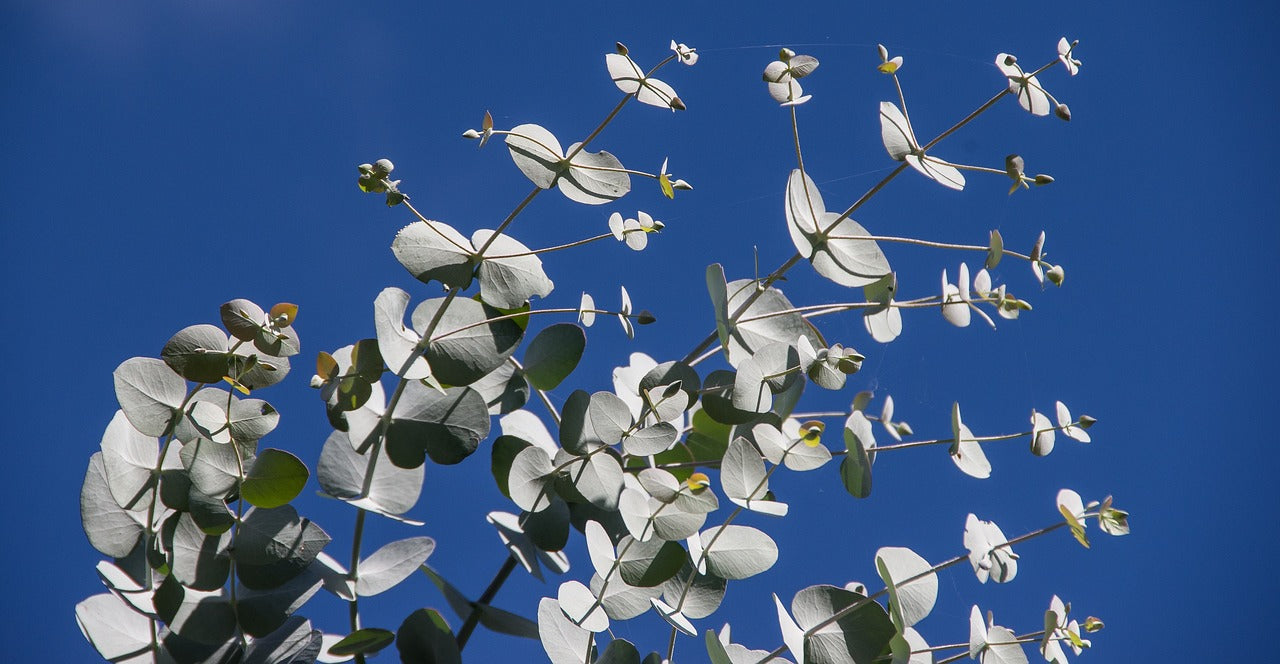
What is eucalyptus used for?
Eucalyptus is grown around the world for its strongly-scented oil, which is often used in cough and cold remedies and in muscle and joint pain creams. It’s also grown as a forestry tree for making paper, firewood and biomass. As eucalyptus grows so quickly and responds so well to pruning, you can use it for wood burners or fire pits at home.
You’ll probably have seen eucalyptus stems in florists’ shops - they look and smell wonderful in bouquets and table arrangements - and if you’re growing your own flowers for cutting, this could be a very useful addition to your garden.
How tall do eucalyptus trees grow?
Eucalyptus vary in their growth rates, but the most popular variety, Eucalyptus gunnii, grows to around 25m tall and 12m wide if left unpruned. Don’t worry, though! It responds really well to pruning so it can easily be kept under control in a smaller garden.
To keep it as a shrub, hard prune your gunnii every year or every other year, cutting all growth back to just above ground level. Eucalyptus trees should be pruned in late winter or early spring.
To create a multi-stemmed shrub, use the coppicing method. Cut back all the stems to 5cm above ground level, or to the previous year’s stubs and you’ll get lots of lovely young stems that are perfect for flower arranging.

How fast do eucalyptus trees grow?
Eucalyptus can grow very quickly, especially in its first years - as much as one to two metres per year, in fact! The tallest eucalyptus trees reach 35m, so unless you own an arboretum you'll probably want to keep on top of the pruning with this one.
Why is Eucalyptus gunnii known as the Cider Gum tree?
The trunks of Eucalyptus gunnii ooze a sweet sap which can be tapped like maple syrup. For thousands of years, indigenous Australian people have traditionally fermented this liquid to produce a cider-like drink called wayalinah which is said to taste like toffee apples.
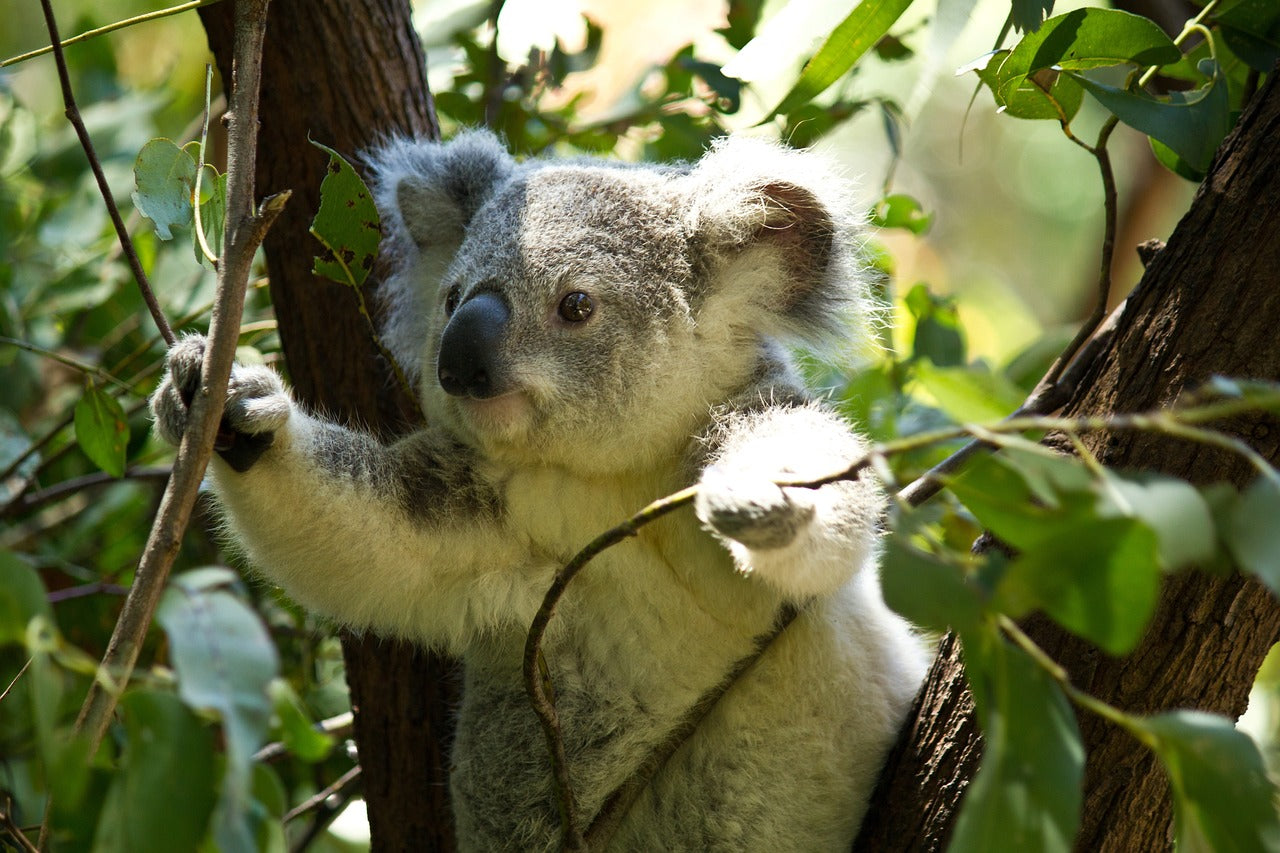
And the burning question... Why do koalas eat eucalyptus leaves?
Eucalyptus leaves are filled with toxins that make them inedible to pretty much every other species, so why do koalas eat them? Especially as it’s such a low calorie food that the koalas spend twenty two hours a day asleep or resting!
It’s one of those interesting co-evolution things, whereby the eucalyptus developed chemical compounds to avoid being eaten, and the koalas evolved the ability to flush out these toxins quickly, allowing them to eat several pounds of the leaves with no ill effects.
Scientists have found that the part of the koala’s genome that codes for detoxifying proteins is roughly twice as large as in any other mammal and this, combined with the evolution of their face shape to deal with chewing the tough leaves, has enabled them to survive in areas dominated by eucalyptus trees.
Last updated: 29/10/2025




